Art Deco Turns 100: How Major Museums and Cultural Institutions Are Marking the Milestone
A series of spectacular exhibitions and events explore the design aesthetic's distinct glamour and most venerated talents
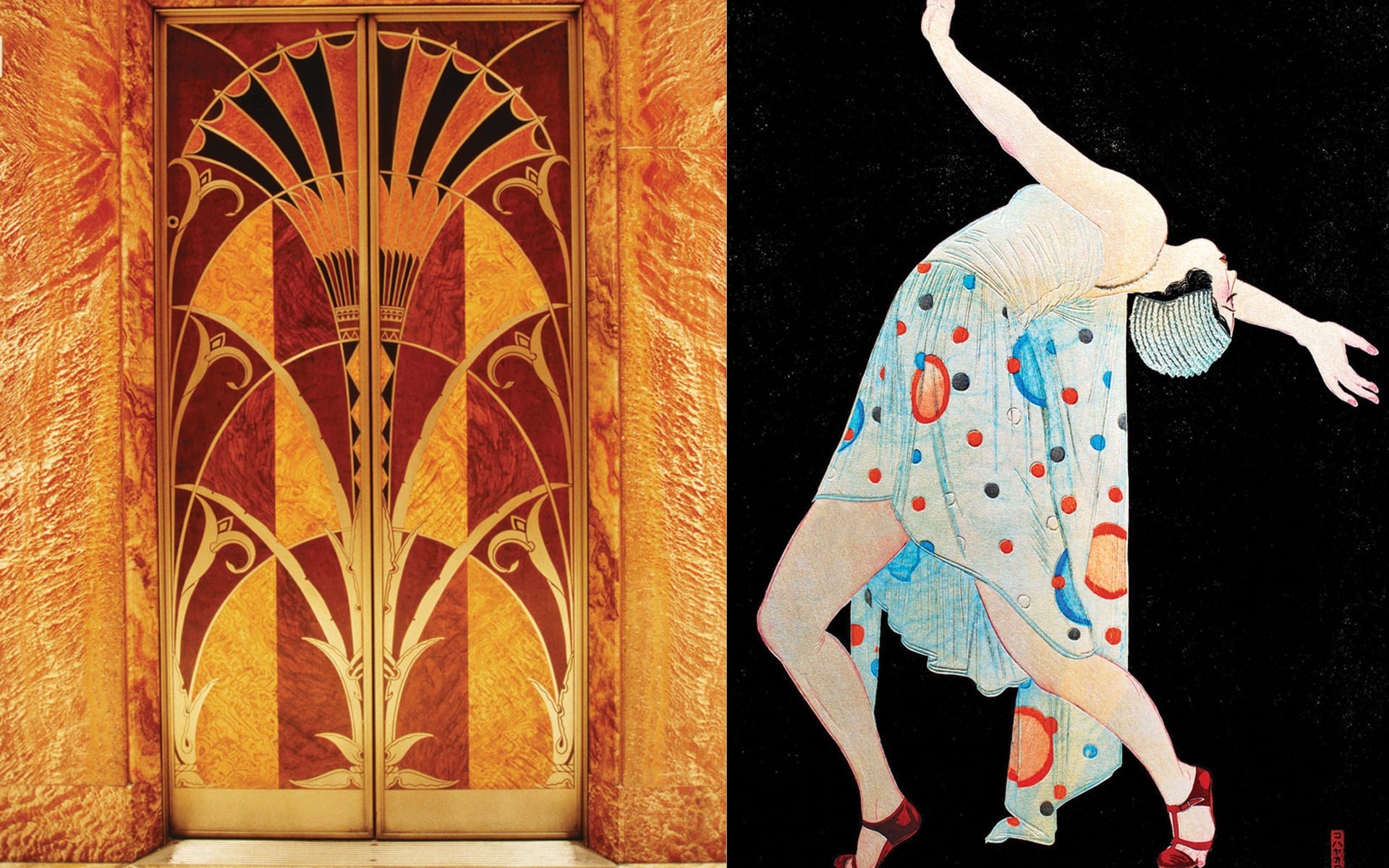
In a world that seems to constantly seek out what’s new or what’s next, the enduring dynamism of Art Deco projects a welcome confidence and glamour. The design aesthetic commemorates its centennial this year, and museums, galleries, art fairs, and auction houses plan to host a multitude of events to honor the occasion.
“It’s a style of power,” says Anne Monier Vanryb, a curator at the Musée des Arts Décoratifs (MAD) in Paris, which is the official birthplace of Art Deco. The movement came to prominence in 1925 at the International Exhibition of Modern Decorative and Industrial Arts, cementing the reputations of furniture designer Jacques-Émile Ruhlmann and glass artist René Lalique, among others.
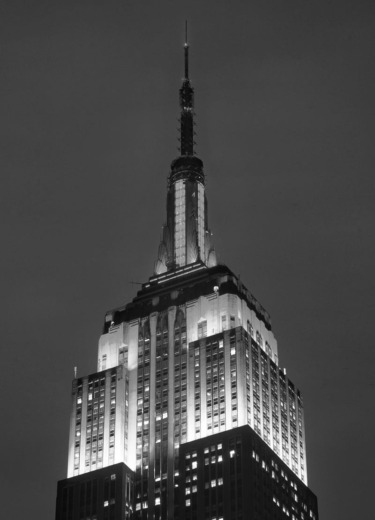
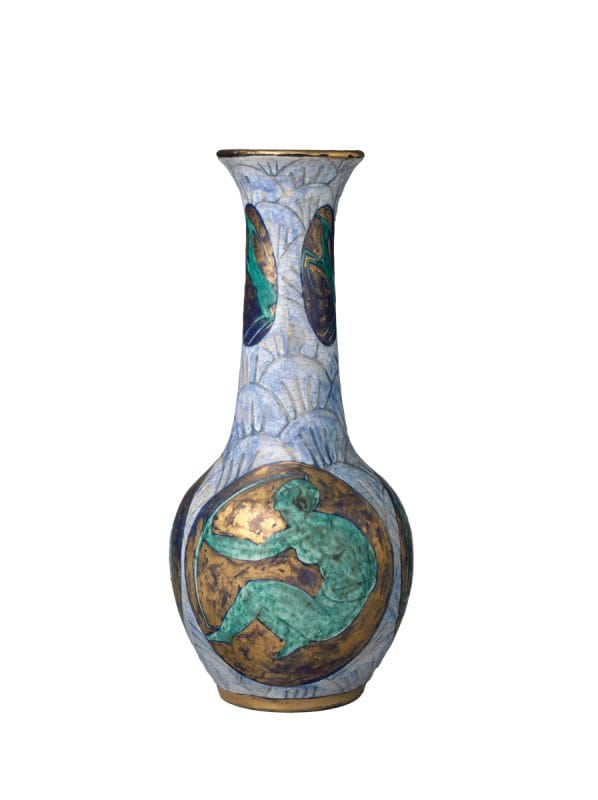

Through the 1920s and ’30s, the curving tendrils of Art Nouveau hardened and sharpened into what is now known as Art Deco: blocky, strong geometric forms with an emphasis on both machine-made elements and luxury materials—mass and class perfectly balancing each other—all imparting a strong sense of forward movement. While Paris was the origin, New York became the other magnetic pole of Deco, particularly in architecture, as Rockefeller Center, the Chrysler Building, and the Empire State Building attest.
Vanryb and her colleagues at MAD are marshaling their considerable resources to honor Deco’s birthday. “It’s important for us at the museum because we have the most wonderful Art Deco collection in the world, and it hasn’t been seen in some years,” she says. Several exhibitions will be on view throughout 2025, including “Jacques-Émile Ruhlmann, Décorateur,” on display through June 8, and “Paul Poiret, Couturier, Décorateur et Parfumeur,” from June 25 to January 11, 2026. Poiret is among the best-known fashion designers of the era, but Vanryb says there’s a lot more to him, including the fact that he ran an art school. “People are not as aware of Poiret as they should be, partly because the maison has not been revived yet,” she says.
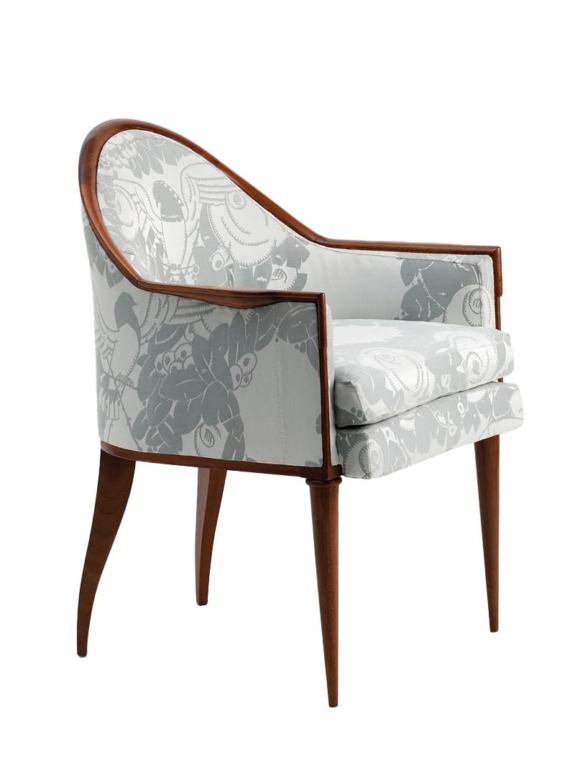
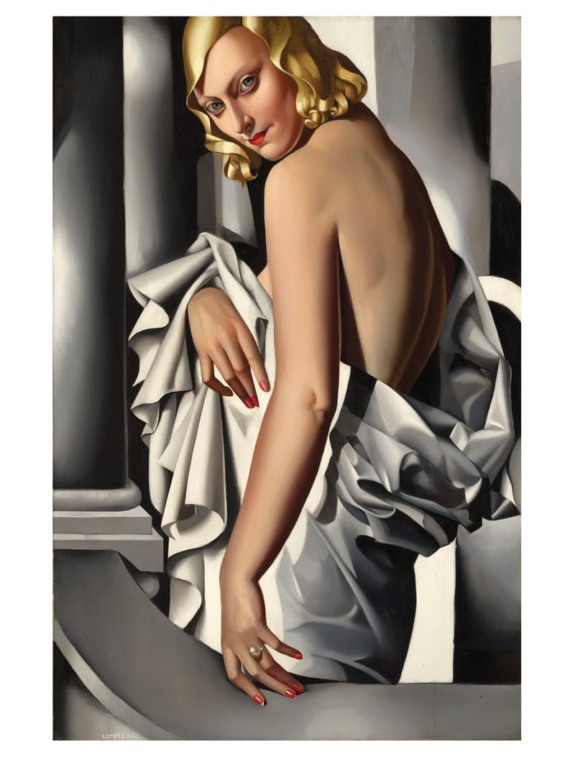
Then in the fall MAD mounts a comprehensive installation of its Deco collections and a new, overall look at the period beginning October 21. This later show, as yet untitled, is the largest of all and will have more than 300 objects curated by Vanryb herself. She intends to disrupt our understanding of Deco’s origins in the process of celebrating its legacy. “It was created by the victors of WWI, and France had a huge colonial empire that was the source of the exotic woods used in Deco furniture,” Vanryb says. “I don’t want to ruin the party—we’ll still show exquisite pieces—but there are some questions that need to be addressed.”
For top architects and interior designers like New York’s Peter Pennoyer, the aesthetic remains an inspiration because of its brio. “Deco is very present for me,” he says. “I love the vigor and vitality of its language. There’s an optimism in it.”
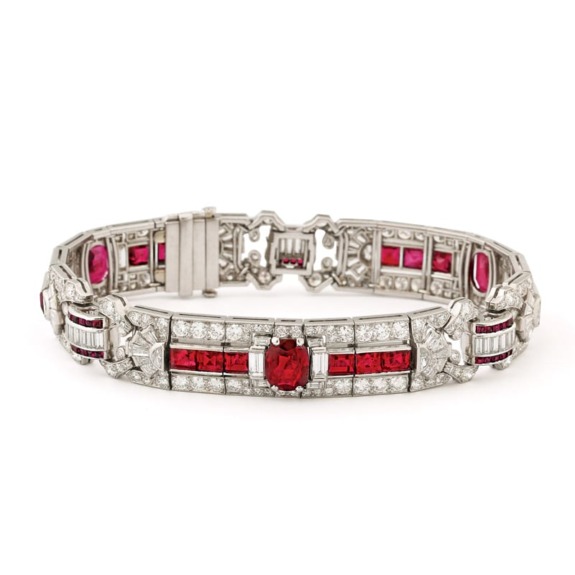
But it’s also malleable enough to suit present-day needs in the right hands. Pennoyer made a striking homage to the style in 2021, when he designed the Moynihan Train Hall clock, hanging over New York’s revitalized transit hub. The strongly ribbed sides and stepped base are explicit tributes to Art Deco and the city’s Jazz Age. “The fluting looks machined, and in Deco terms that’s a good thing,” he says. Pennoyer has also riffed on the motifs in his domestic projects, particularly in an Ohio estate called Rowdy Meadow, whose architecture was, at the client’s request, inspired by Czech Cubism—a movement with strong aesthetic roots in Art Deco. Forceful geometries are everywhere in the home, particularly in the planes of the dramatically arched doorways.
Art Deco was a global sensation. “It took a foothold all over the world,” says Jared Goss, author of the 2021 Assouline book Art Deco Style. The New York–based Goss, who has a new volume about Ruhlmann coming in the fall, collects German porcelain and Japanese silver from the era.
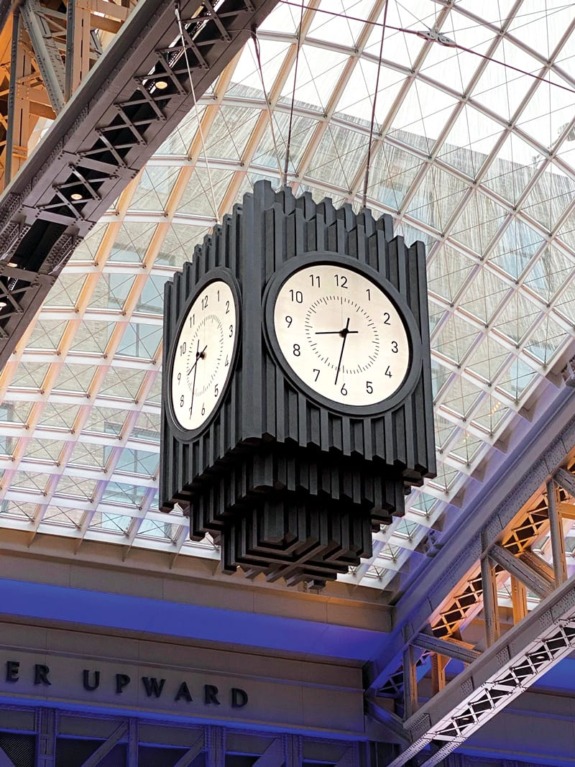
While furniture and interiors may be the realms with the least palpable Deco influence today— “It’s simply too expensive to replicate,” says Goss—jewelry is where the style currently shines most brightly, as evidenced by the offerings at the TEFAF Maastricht art fair in mid-March. French jewelry designer Raymond Templier’s geometric brooch in white gold, black enamel, and diamonds, offered by VKD Jewels of London and Milan, has Deco glamour, as does Raymond C. Yard’s 1935 Burma ruby and diamond bracelet, presented by A La Vieille Russie. Ditto 1925 platinum-and-diamond ear clips that double as dress clips by Cartier.
Although Deco is most prevalent on the decorative arts side, a handful of fine artists have a reputation as genre stars, notably the late Polish-born, French-based Tamara de Lempicka, whose Portrait de Marjorie Ferry achieved $21.1 million at Christie’s in 2020. She has been riding a wave of fame, even inspiring a recent Broadway musical, and Sotheby’s New York held a dedicated private sale of her work last year, timed to the stage production. Her stylized forms, jewel tone colors, and depictions of early 20th-century fashion are sterling examples of Deco’s spirit. Goss notes a special irony about this particular 100th anniversary: “Art Deco was supposed to be for modern needs, and now it’s officially antique.
A version of this article first appeared in print in our 2025 Spring Issue under the headline “Modern History.” Subscribe to the magazine.